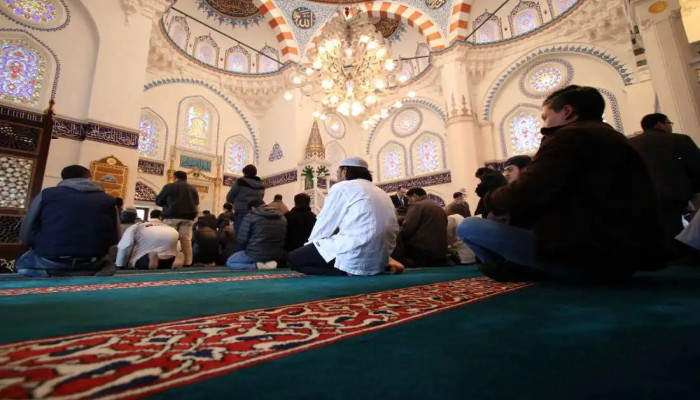Religious tensions in Japan with increase in Muslim population
- In Reports
- 10:19 PM, Jun 03, 2023
- Myind Staff
Japan's religious landscape is changing dramatically, which is made even more clear by the rise in the number of mosques that have appeared there during the past 20 years.
This change in demographics can be attributed to rising interfaith marriages between Muslims and Japanese people (many Japanese converted to Islam through marriage), but the majority can be attributed to the increase in immigration from Islamic countries.
The number of Muslims in Japan was estimated to be between 10,000 to 20,000 in the year 2000 while the current estimates are of over 200,000. That is a ten-fold increase in less than one generation.
Also, mosques that used to be an uncommon sight in Japan are no longer rare. As of March 2021, there were 113 mosques in Japan, up from only 15 in 1999.
The Masjid Istiqlal Osaka scandal, which surfaced in Nishinari Ward in Osaka last year, is a well-known instance. It is located in a building that was formerly a factory. Since Indonesia is home to the world's largest Muslim population, donations from Indonesians largely covered the price of the rehabilitation work.
While this trend reflects a more inclusive Japanese society, it also presents challenges and friction.
An unsettling incident unfolded recently when a man from Gambia vandalized a Japanese shrine, confronting a woman mid-prayer with a chilling declaration, “There is only one God, the Muslim God, and here, there is no God.” This was all caught on camera and the video went viral online.
The comments from Japanese social media users were not pleasing.
"Maintaining unwavering beliefs can sometimes blind us to our surroundings and lead to inflexible thinking. It can make us resistant to accepting other perspectives, leading to friction. Islam serves as a prominent illustration of this phenomenon," read one comment.
Shinto and Islam are two separate religious traditions, each with its own tenets and rituals. Both religions provide guidance and spiritual meaning to their adherents, yet their roots and fundamental principles are very different.
Islam originated in the 7th century, it emerged as a monotheistic religion centered on the belief in one God, Allah, and the teachings of the Quran, considered the holy book of Islam.
On the other hand, Shinto is the native religion of Japan with roots that go back thousands of years. It naturally evolved out of animistic ideas, ceremonies, and Japanese mythology. Shinto is characterized by respect for kami, the divine spirits or energies present in nature, and all facets of life. Shinto does not have a particular founder or a single official scripture.
Also, Shinto does not have a comprehensive set of doctrines or a rigid belief system. Shinto emphasizes purity, gratitude, and living in harmony with the natural world.
One notable aspect of Shinto is its inclination to embrace other religions, considering itself as a religion encompassing eight million gods. The iconic torii, a traditional Japanese gate used to mark the entry to a Shinto shrine, is a symbol of this inclusivity that can be found inside many Buddhist temples.
However, this harmonious coexistence becomes inconceivable from the perspective of a Muslim. The concept of polytheism in Shinto is incompatible with the monotheistic nature of Islam. Islamic teachings emphasize the oneness of God and strictly prohibit the worship of any other entities.
The idea of peaceful cohabitation between Shinto and Islam can be challenging for Muslims to imagine because of the potential conflict between the two faiths and the differences in their doctrinal philosophies.
The recent vandalism of a Shinto shrine brings to light the difficulties in imagining a coexistence between these two faiths.
Image source: AFP







Comments